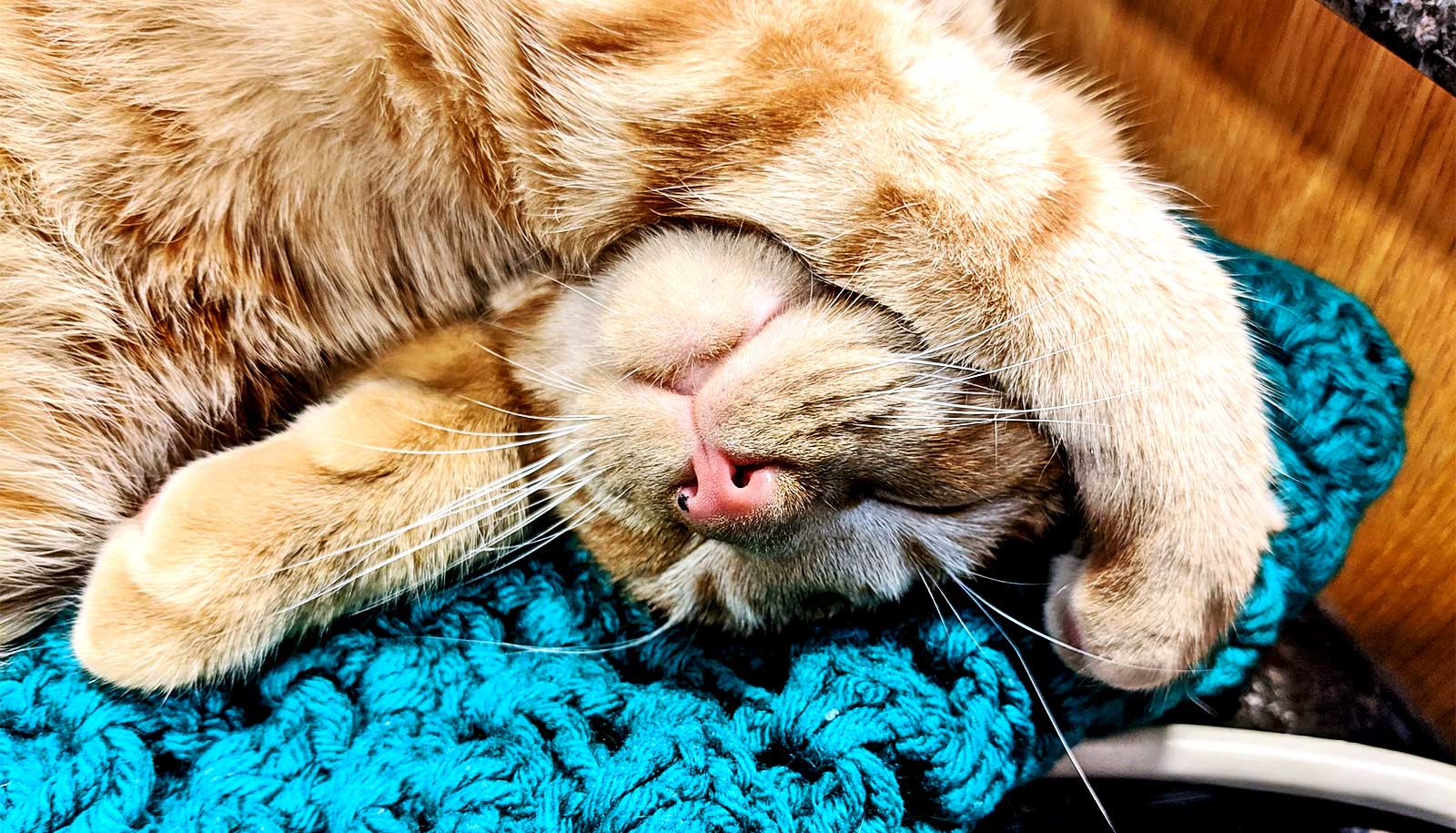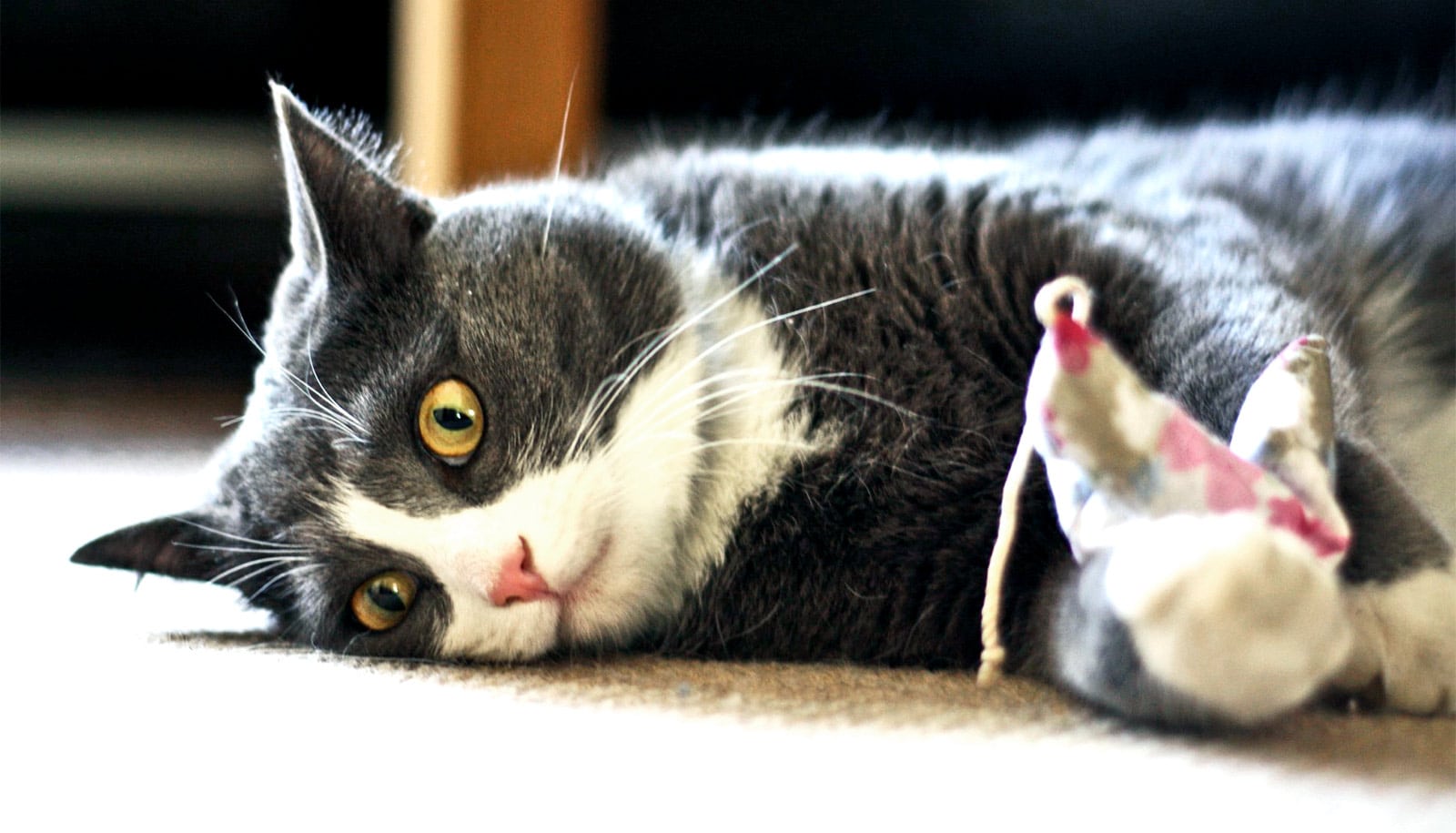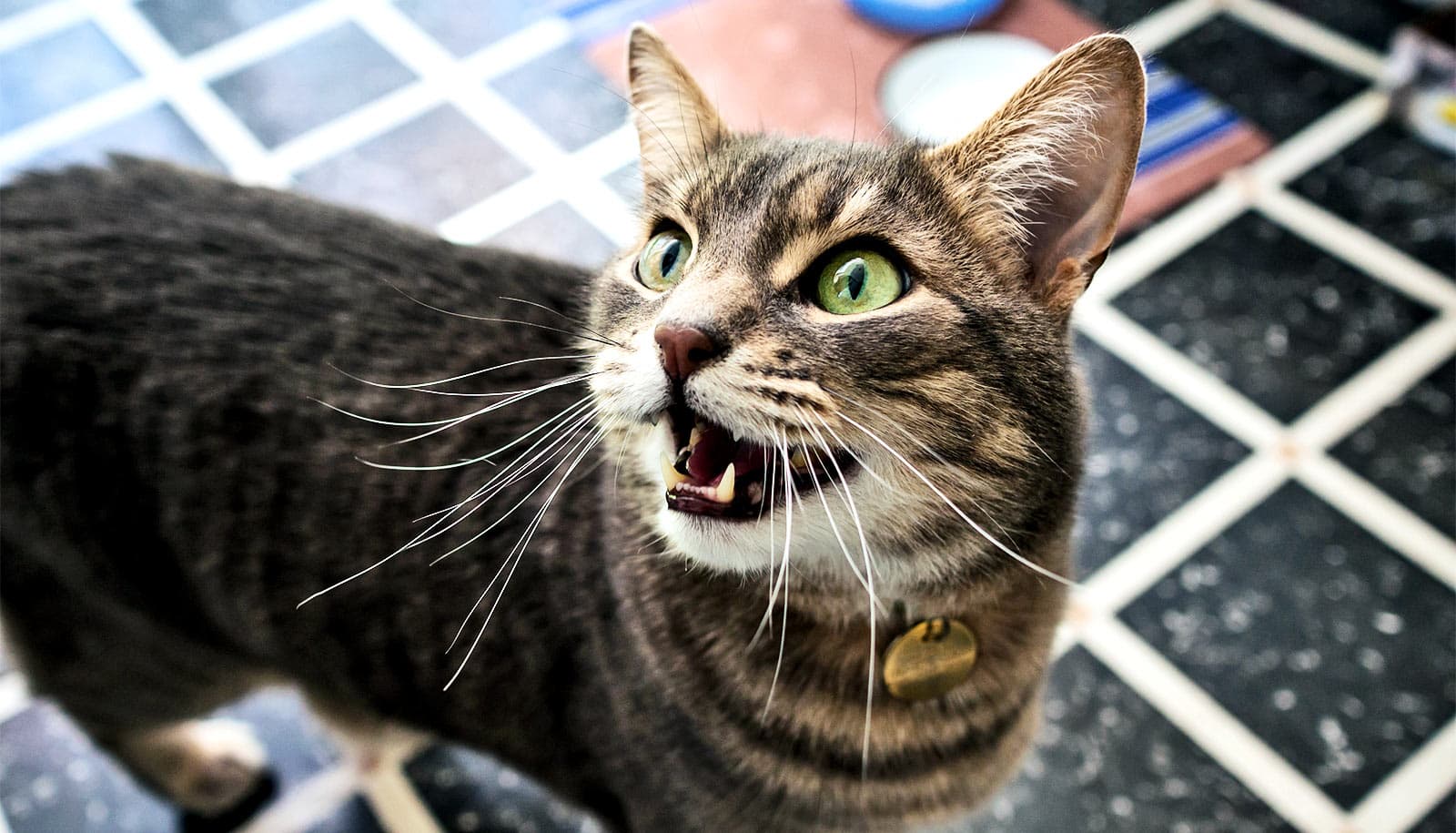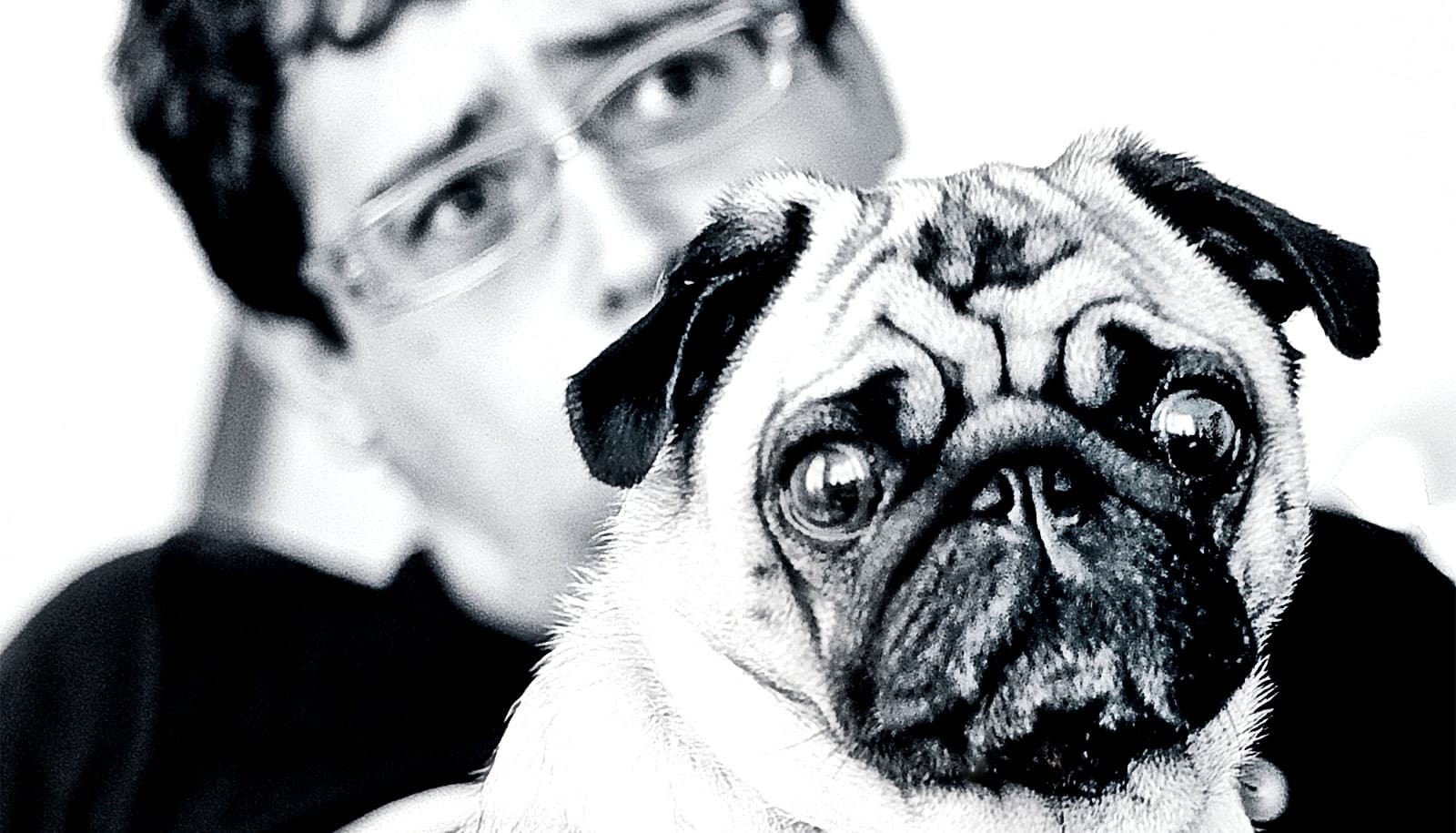Unlike most animals, domestic cats prefer eating for free to working out a simple puzzle to get their food, researchers report.
Given a choice between free food and performing a task for food, most animals will perform a task. This is called contrafreeloading and has been known since the 1970s.
But domestic cats are different, according to the new study presented this week at a virtual meeting of the Animal Behavior Society.
“It wasn’t that the cats never used the food puzzle, they just used it less, ate less food from it, and typically would eat from the freely available food first.”
Researchers offered 18 house cats a choice between a food puzzle and a tray of free food. Cats ate more from the free tray and spent more time on the free food, they found.
“It wasn’t that the cats never used the food puzzle, they just used it less, ate less food from it, and typically would eat from the freely available food first,” says coauthor Mikel Delgado, a postdoctoral researcher at the University of California, Davis School of Veterinary Medicine.
That makes cats an exception compared to rats, mice, gerbils, birds, dogs, and chimpanzees, and other animals both wild and domestic that have been tested over the years.
Although contrafreeloading has been known for almost 50 years, there is still no single theory to explain it.
“There are different theories about why animals might contrafreeload, including boredom in captive environments, stimulating natural foraging behaviors, and creating a sense of control over the environment and outcomes,” Delgado says.
It’s also not clear why cats don’t do it—perhaps because it does not simulate natural hunting behavior, she says.
Cats can and do use food puzzles when other food is not provided, though. Food puzzles can provide an important enrichment activity for domestic cats, according to previous research by Delgado and colleagues.
Source: UC Davis



